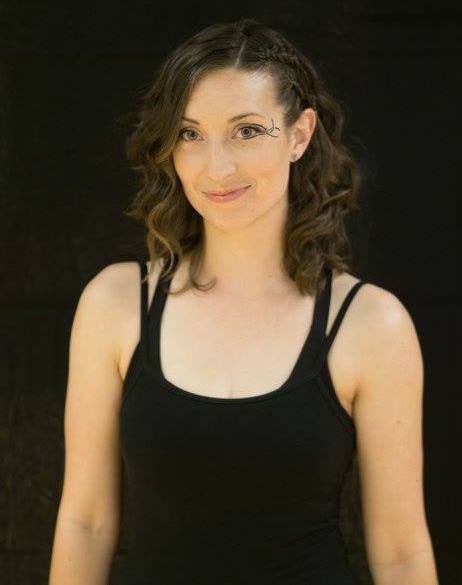Dance Your Ph.D.

When mathematicians explain their work they generally use numbers and symbols organized into complex equations. Rarely is the elucidation set to music or aided by props such as aerial silks or ribbons.
And that puts Nancy Scherich, a Ph.D. student at UC Santa Barbara, in a class by herself.
Scherich, who is completing her doctorate in mathematics, has taken first place in Dance Your Ph.D., a competition that challenges graduate student scientists to describe their research by way of interpretive dance.
The annual contest, now in its 10th year, is sponsored by Science magazine and the American Association for the Advancement of Science (AAAS).
“I think dance is an excellent form to describe mathematics,” said Scherich, who choreographed her presentation and is the lead aerialist. “The first hurdle in communicating mathematics is to make the abstract concepts relevant and relatable to a largely math-phobic society. The human element of dancing helps to remove the veil of intimidation and allows the viewer to have a positive encounter with mathematics. Furthermore, the storyline and characters help to make the viewer emotionally interested in the mathematics as well.”
Scherich was one of 12 finalists, selected from a group of more than 50 submissions from Ph.D. researchers around the world. A panel of scientists and dancers scored the finalists on their artistic and scientific merits, and the winners in each of the four categories — biology, chemistry, physics (where Scherich lands) and the social sciences — receive cash prizes. As the overall winner, Scherich will present her video at the annual AAAS meeting in February.
While the official winners were up to the professionals, the Audience Favorite award was left, well, to the audience. The polls were open until Oct. 30, to anyone who wanted to use the Science magazine voting app to watch the finalist videos and vote for a winner.
Scherich, who wrote her master’s thesis on knot theory, is taking her Ph.D. work into a neighboring field: representations of braid groups. More specifically, her research looks at ways of turning braids into matrices.
In presenting her research through dance, the challenge became one of using movement to explain the concepts. “Mathematics has a disadvantage over the other scientific subjects because most of the things we study do not exist in physical reality,” Sherich said. “How could one possibly make a physical dance to describe things that aren’t physical?”
She found the answer in common language.
“Many of the technical words mathematicians use are descriptions of movement — twisting, mapping, flowing, permuting, continuous, change, unwrapping, winding, etc.,” she explained. “So to make a math-dance, it just becomes a matter of converting those words of movement to actual movement. You just have to be willing to try.”
“This piece truly illustrates the remarkable breadth and creativity of our graduate students,” said Carol Genetti, dean of UCSB’s Graduate Division. “People are multi-dimensional; the same intelligence that makes someone a stellar mathematician can be poured into the creation of art or music. Nancy has done just that with breathtaking and award-winning results.”
Though Scherich is the creative force behind the video performance, she shares credit with Alex Nye, a fine art and architectural photographer who lent his expertise as director, cinematographer and editor, and with Lauren Breese, director of Santa Barbara-based AIREDANSE, who collaborated on the aerial choreography.
Scherich is relatively new to the aerial form, but dancing in general has always been a big part of her life. “I started like any other dancer with ballet and jazz as a young girl and my interests branched out as I got older,” she said. “My father taught me how to swing dance, and still today he comes to Santa Barbara regularly to take me dancing.”
A love of dancing isn’t all they share. Long before college, undergraduate or otherwise, Scherich, her father and her brother were part of a professional touring yo-yo team. They traveled around southern California performing yo-yo tricks, juggling and rope spinning. “As part of my training for this team, when I was 13 I took a circus class where I had my first introduction to aerial silks.”
The rest, as they say, is history.



